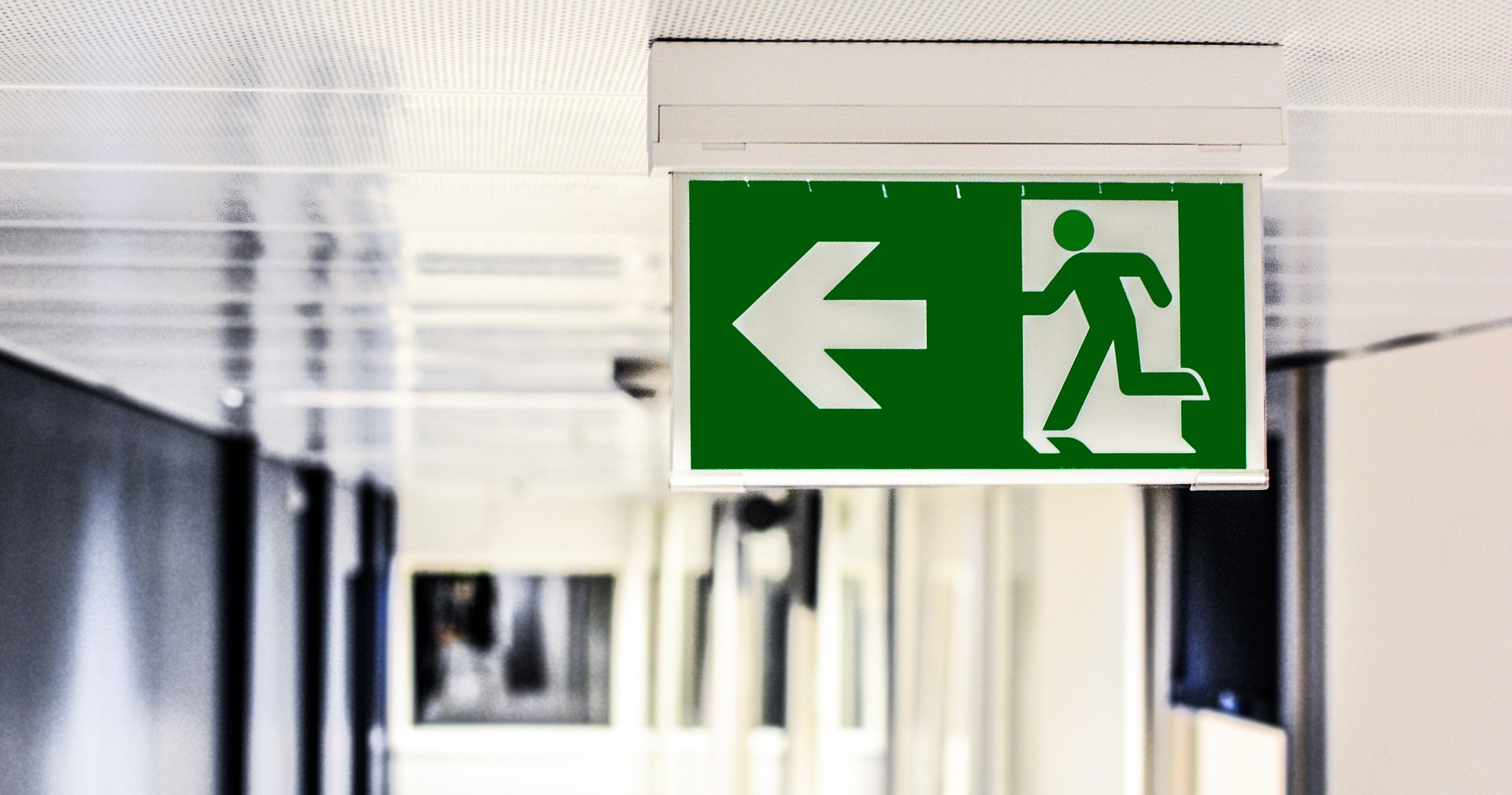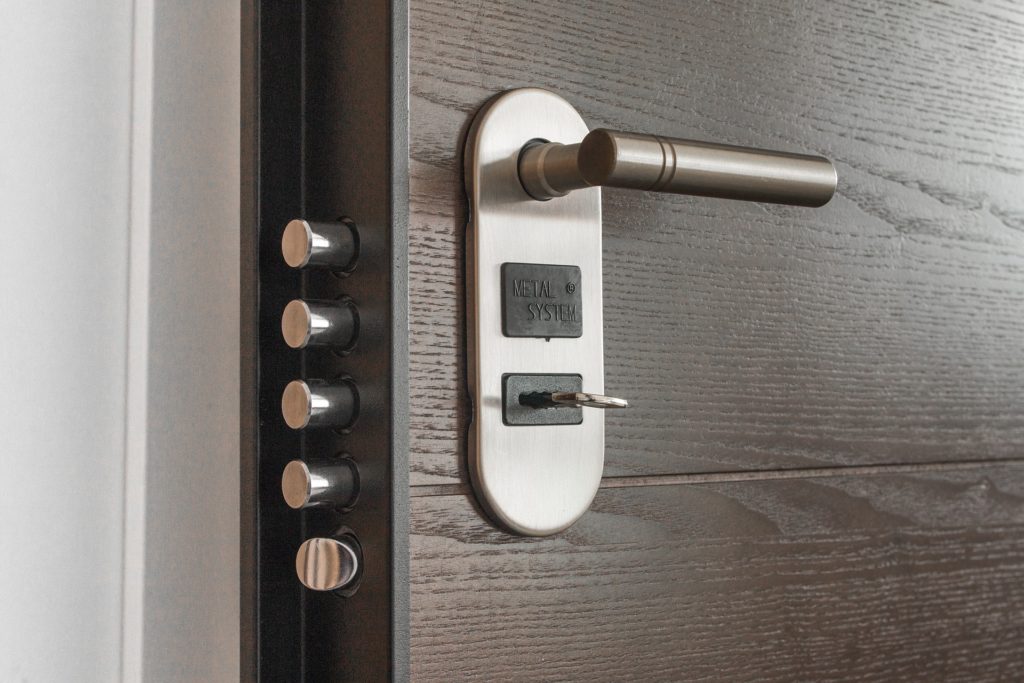10 Ways to Have Your Family Prepped for the Next Catastrophe

The Emergency Events Database or EM-DAT has reportedly recorded over 6,800 natural disasters worldwide over a 20-year period from 1994 to 2013. This record shows the frequency and inevitability of geophysical disasters like tsunamis, earthquakes, tornadoes, storms, and drought. Needless to say, the victims of these disasters are severely impacted by these harsh occurrences. Still, despite their helpless conditions, they are not spared from crimes. In fact, The Huffington Post reported that cases of burglary rose to up to 6% after Hurricane Sandy hit New York City. Apparently, burglars consider looting as a crime of opportunity especially at the wake of a catastrophe. But this doesn’t mean you’ll end up being a defenseless victim when calamity strikes. You can always prepare yourself and your family for every disaster that may come your way. Read on to get yourself ready.

According to Kelly Frailing of Loyola University New Orleans, thieves and looters tend to target poor and vulnerable communities in times of calamity. Before a major disaster hits, it would be great if you could pay your nearest security system store a visit. Invest on safety devices that can monitor every corner of your house and prevent trespassers from entering. You can choose from the latest line of DSC security devices or from the extensive list in the Honeywell security system catalogue. From smoke sensors to surveillance cameras, every high-tech feature you need is likely available at your local home alarm store.
Your martial arts lessons back in college will be handy for this one. Teaching your family, especially your children, to defend themselves from attackers is an essential part in preparing the family for a catastrophe. With all the resources you’ve been stacking for months, it is important to defend them from possible thieves during and after a calamity. Aside from teaching your family basic martial arts, you can also teach them how to use tools to build or repair. Take EMT courses together to increase everyone’s awareness about emergency situations.
In some extreme cases like when a tsunami or a hurricane strikes, everyone has to evacuate to a safer location. To avoid being frantic in the face of a calamity, be informed of the evacuation routes around the house, office and school building and in your neighborhood. Educate your children early by providing them with maps that are easy to follow. Establish a regrouping point in case you are not together when a disaster strikes. Decide beforehand the destination of your evacuation, whether it’s the nearest shelter or a friend’s house.
It’s an obvious fact that the structure of your house can be useful in the event of a catastrophic event. Still, not many people recognize and endorse this vital information. When your house has a sturdy basement, you can keep your family safe from tornadoes, lightning storms, and hurricanes. Just remember to keep canned goods in the basement so food won’t be a problem when you’re stuck there for a few days. In the same way, the second-floor level of your house can present an advantage when there is flooding in your area. You can evacuate to the second floor to keep your family and some of your most important belongings safe and warm. To ensure your comfort when there’s flood, make sure that the second floor has a serviceable restroom where you can clean and relieve yourself.
This may sound excessive, but it’s important to keep your family well-informed about the proper actions they should take when faced with a challenging situation. Whether it be a natural calamity, a burglary, or a fire-related crisis, it can be handled well if there is a prior family preparation to prevent or address it. The emergency drills should be specific enough to a particular situation. If there’s a fire, make sure to include a lecture about the different causes of fire emergencies, and the different ways to put out fire depending on the cause. Be as elaborate and specific as possible.
When a calamity strikes, food will undoubtedly be one of the primary problems. Canned goods will go a long way in sustaining your family for a while, but once you run out of them, you’re left with nothing. This is, of course, considering that the nearest grocery store is also out of goods due to high demand. So don’t rely on packaged goods alone. Stay one step ahead and invest in farming. Grow a fruit and vegetable garden in your backyard. It will not only improve the natural aesthetics of your home but will also give you something to rely on when food is scarce. And while you’re at it, why not keep poultry, too? They are low-maintenance and they are a great source of white meat and eggs. Just consider it.
Often, when we talk about preparing for a disaster, we only think of the physical aspect of it. We keep in mind the procedures and we remember the tools, but we often leave out the part that can potentially ruin everything: our psychological orientation. Sometimes, our state of mind can mean life or death. A negative attitude can drag us down at a time when we most need to be saved or save our loved ones. Conversely, a positive attitude can give us the push we need to find solutions to difficult situations. Barbara Fredrickson, a positive psychology researcher at the University of North Carolina, said that when a person experiences positive emotions, he will see more doors of opportunities. Fredrickson calls this the “broaden and build” theory. Positive thinking can broaden a person’s perception of what is possible, which can in turn lead him to build new skill sets and look for resources that can enrich his life. This is why a “go get it” attitude can help a person survive a challenging situation.
A theoretical perspective on disaster preparation won’t do you any harm, but a hands-on approach can help you and your family sees a more realistic view of what really happens during and after a disaster. You’ll get to see the physical and psychological damages that can ensue from lack of preparation, and you will also have a better idea of what tools and supplies can come in handy after a catastrophe. By volunteering on relief operations, you are not only helping others but also preparing yourself to combat the same calamity that struck so many victims.
Preparing for a disaster should be a family activity that calls for everyone’s cooperation. Schedule a time for you and your family to get together and brainstorm about the worst-case scenarios that each of you may face when there’s a critical situation at hand. Review these worst-case scenarios and provide realistic solutions for each. Consider a lot of “what-ifs,” and think of ways on how to address them. This activity may put down your family members’ spirits especially if the worst case scenarios are depressing, but it will help them deal with the real thing when it’s right in front of them.
Preparing for a disaster or catastrophic event will not be complete if you don’t equip yourself with innocent, everyday materials that can be used as emergency weapons. Make it a habit to bring simple tools like a small flashlight, a pair of scissors, a bottle of water, and a whistle with you every time you go out of the house. You don’t know when these things may come in handy. Also, prepare message templates on your phone in case you’d need to send a quick text to someone you trust when your safety is compromised.
